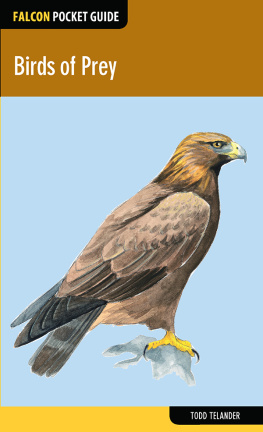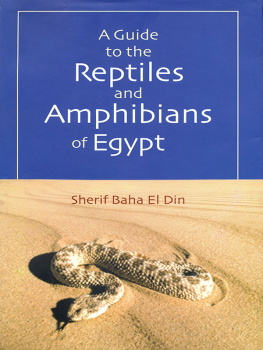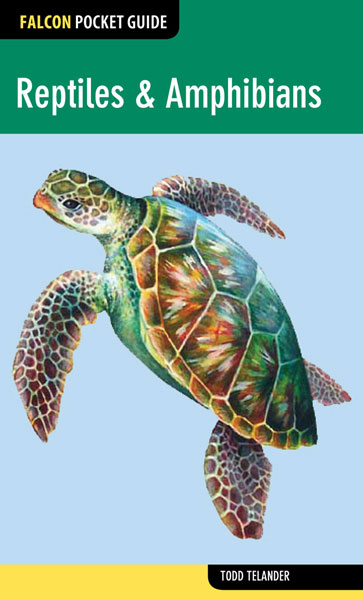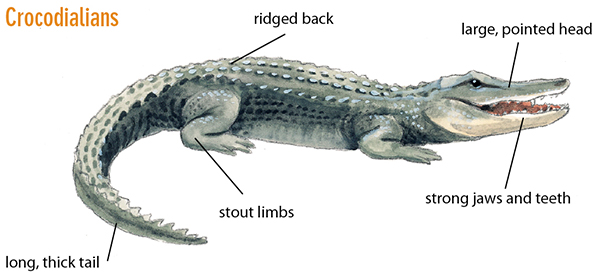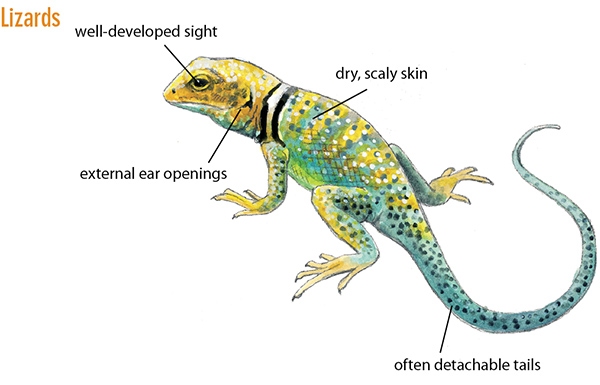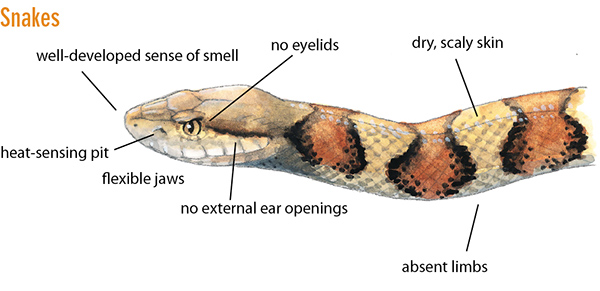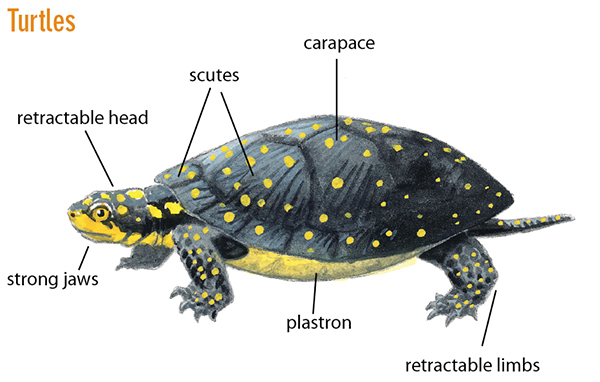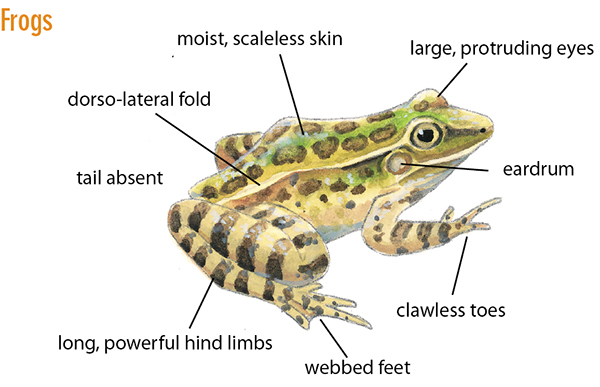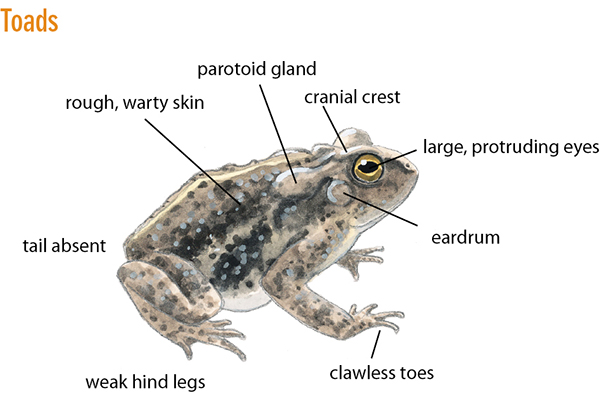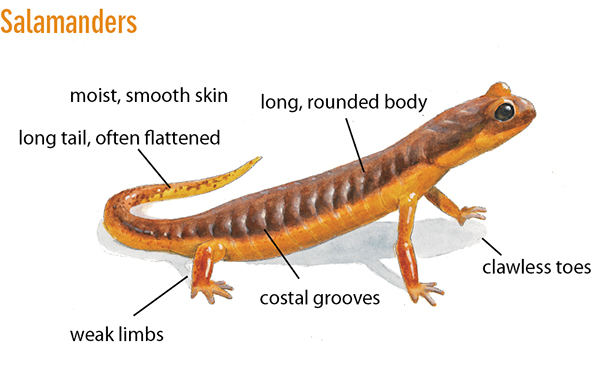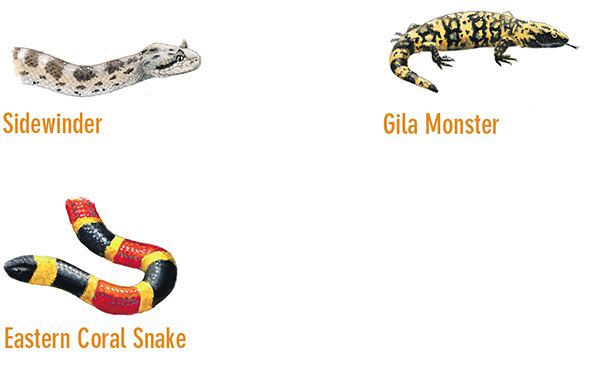Reptiles & Amphibians
Written and Illustrated by Todd Telander
Copyright 2014 Morris Book Publishing, LLC
Illustrations 2014 Todd Telander
ALL RIGHTS RESERVED. No part of this book may be reproduced or transmitted in any form by any means, electronic or mechanical, including photocopying and recording, or by any information storage and retrieval system, except as may be expressly permitted in writing from the publisher. Requests for permission should be addressed to Globe Pequot Press, Attn: Rights and Permissions Department, PO Box 480, Guilford, CT 06437.
FalconGuides is an imprint of Globe Pequot Press.
Falcon, FalconGuides, and Outfit Your Mind are registered trademarks of Morris Book Publishing, LLC.
Illustrations: Todd Telander
Project Editor: Staci Zacharski
Text Design: Sheryl P. Kober
Layout Artist: Sue Murray
Library of Congress Cataloging-in-Publication Data is available on file.
ISBN 978-1-4930-1145-2
To my wife, Kirsten, my children, Miles and Oliver, and my parents, all of whom have supported and encouraged me through the years.
Contents
ALLIGATORS AND CROCODILES
LIZARDS
SNAKES
TURTLES
FROGS
TOADS
SALAMANDERS AND NEWTS
Introduction
Welcome to the world of reptiles and amphibians, an incredibly diverse group of primitive animals that range from the fierce crocodiles and venomous snakes to the generally docile salamanders and frogs. Misunderstood and unnoticed, herps (as they are collectively called) generally take a backseat to the more visible birds and mammals for wildlife enthusiasts. Perhaps because some herps are venomous, the group is feared as a whole. Yet with a little knowledge, caution, and patience, you will be safely rewarded with the beauty and mystery of these scaled, slimly, or bumpy friends.
Reptiles comprise the crocodilians, snakes, lizards, and turtles (in additions to some smaller groups). They are characterized by having dry, scaly skin, and an ectothermic metabolism, whereby they derive their body heat from external sources such as basking on rocks in the sun. Many burrow and hibernate in cold temperatures. They either bear live young or lay soft, leathery eggs in the ground. Amphibians (frogs, toads, and salamanders) are also ectotherms but typically have smooth, moist skin and are restricted to areas in or near water. They lay their eggs in water and undergo some form of (often dramatic) metamorphosis from juvenile to adult.
Within the United States there are more than 450 species of reptiles and amphibians, so this guide is meant to be a general overview, not a comprehensive study, of this diversity. It is an introduction to some of the most common and distinct species that call this land their homeand a starting place to your explorations of these fascinating creatures.
Notes about the Species Accounts
Names
Both the common name and the scientific name are included for each entry. Since common names tend to vary regionally, or there may be more than one common name for each species, the universally accepted scientific name of genus and species (such as Dermochelys coriacea for the Leatherback Sea Turtle) is more reliable to be certain of identification. Also, one can often learn interesting facts about an animal by the English translation of its Latin name. For instance, the genus name Dermochelys means skin of a turtle, and coriacea means of the nature of leather.
Size
Most size measurements refer to overall length, from nose tip to the end of the tail. For turtles, the measurement is the length of the shell (carapace) only; for frogs and toads, the measurement is from nose to tailbone (excluding leg length). Size may vary considerably within a species (because of age, sex, or environmental conditions), so use measurement as a general guide, not a rule. Also, many species of lizards easily lose their tail when attacked, so you may likely find differing overall lengths as the tail regenerates. Be aware that some field guides give sizes for lizards and salamanders that are only of the body length, without including the tail. Except for the American Alligator and American Crocodile, all sizes are provided in inches.
Range
This term refers to the geographical area where a species is likely to be found, such as the Southwest, Rocky Mountains, Southeast coastal plains, Pacific Ocean, etc. Some species may be found throughout their range, whereas others prefer very specific habitats within their range.
Habitat
An animals habitat is one of the first clues to its identification. Note the environment (including vegetation, climate, elevation, substrate, presence or absence of water) where you see an animal, and compare it with the description listed. Some common habitats include woodlands, grassland, desert, lakes and ponds, swamps, sand dunes, open ocean, suburbs, and farmlands.
Illustrations
The illustrations show the adult animals in their most common coloration. Many species show variation among subspecies in different geographical areas, in different seasons, or between the sexes; these variations are described in the text.
Characteristics of the Major Groups of Reptiles and Amphibians
The following diagrams illustrate some of the principal characteristics of the major groups of reptiles and amphibians. I have, for the most part, used familiar language to describe the animals in this book, but there are occasions when it makes more sense to use some terms developed by the scientific community, especially when referring to body parts.
Caution Regarding Venomous Reptiles
Below are some of the venomous snakes (and the one lizard) found in the United States and described in this book. Although most snakes will flee from disturbance, others can be aggressive, especially if surprised. Even if not fatal, a bite is likely to cause considerable pain and illness. When in doubt, stay clear of any snake you cannot positively identify.


